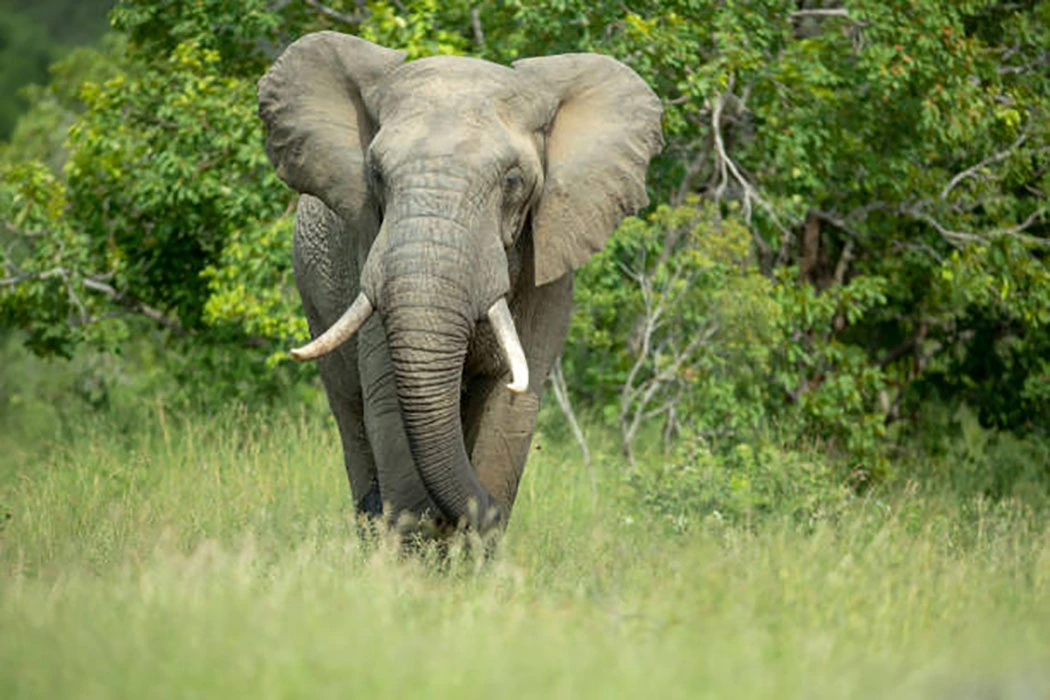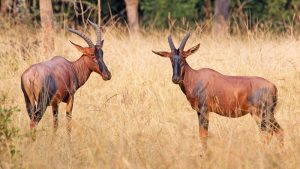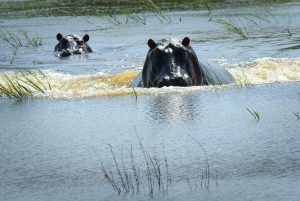Game Reserves in Karamoja Region
The Karamoja sub-region, also referred to as Karamoja, is a territory in Uganda. It includes the districts of Kotido, Kaabong, Karenga, Nabilatuk, Abim, Moroto, Napak, Amudat, and Nakapiripirit, and it spans 27,528 km. Game Reserves in Karamoja Region. Additional reserves in the Karamoja Region include Matheniko Wildlife Game Reserve and Pian Upe Wildlife Game Reserve. When traveling to Uganda Safaris Tours, visit the top Karamoja willdife reserves.
What are the best Game Reserves in Karamoja Region?
Pian Upe Game Reserve for Wildlife
The second largest conservation area after Murchison Falls National Park is Pian Upe Wild Life Game Reserve, which is located in the Nakapiripirit district of Karamoja district in northeastern Uganda and spans an area of 2788 square kilometers north of Mount Elgon. It is managed by the Mount Elgon Conservation Department and is surrounded by eight districts. Moroto, Amudat, Napak, Kween, Katakwi, Kumi, Bukedea, and Bulambuli.
Pian Upe Game Reserve is home to giant rock pythons and the largest lizards in the area, known as Savannah monitors. Other common reptiles that may be found here include common Agama, Skinks. Chameleons, and Geckos, as well as harmless water snakes. Carnivores include spotted hyenas, jackals, cheetahs, wild cats and cavilers. Many mammal species, including giraffes, black rhinos, elephants, and lions, are abundant in the Pian Upe Wildlife Reserve. Animals like oribis, common elands, plain zebras, and Uganda’s lone surviving roan antelope can also be found in the game reserve.
More than 330 amazing bird species that are native to the area may be found in Pian Upe game reverse. Making it a birdwatcher’s paradise. The rare ostrich, huge Hartlaub’s bustard, white-headed buffalo weaver, and Jackson’s hornbill are among the rare birds that can be seen during your Uganda safari in Pian Upe Wildlife Reserve. All of these species are protected within Loporokocho swamp. Additionally, visitors to this breathtaking reserve have the opportunity to see a variety of primates, including vervet monkeys and the unusual olive baboons that can be seen in the Pian Upe natural game reserve.
Pian Upe Wildlife Game Reserve activities
Nature walks and game drives
A guided game drive through the Pian Upe wildlife reserve offers the chance to see a number of rare animal species, including cheetahs, ostriches, and roan antelopes. The Roan Antelopes can only be seen at Pian Upe, one of the Ugandan destinations. Numerous animal species, such as cape buffaloes, greater kudu, side-striped jackals, hartebeest, lions, zebras. Aardvark, Uganda Kobs, spotted hyenas, leopards, and civets, are also encountered on guided wildlife safaris at Pian Upe animal Reserve. Pian Upe offers better game drives in the dry season, but because of the poor state of the road infrastructure, visitors may not be satisfied in the wet season. Comfortable 4×4 drive cars are ideal for safari game drives in Pian Upe Game Reserve.
Observing birds
Along with the national parks, Pain Upe Game Reserve boasts a vast bird population. After Queen Elizabeth National Park, Pian Upe is the second-most bird-friendly site in terms of bird population. The enormous ostriches are the most beautiful birds in this area. Only the wide, arid plains are home to ostriches. In addition to ostriches, this area is home to approximately 240 other bird species. These include, among others, hawks, owls, vultures, cormorants. African eagles, heros, lapwings, plovers, turacos, weaver birds, Abyssinian ground hornbills, superb starlings, Karamoja apalis, cranes, darters, and grass birds. Bird experts have not conducted a thorough study of the reserve, and it is thought that further species may still be undiscovered. For birdwatchers, the Cheposukunya hot springs are the greatest location.
Exploration of caves
In the Pian Upe wildlife game reserve, some of the enormous rocks conceal ancient rock paintings. Such as the Napedet and Napendio caves. These caves are considered sacred by the local communities, but they also contain fascinating paintings of antelopes and baboons, which date back thousands of years, when the first humans arrived in the Karamajong area.
The Matheniko Wildlife Game Reserve
The Matheniko Wildlife Reserve is situated in the Karamoja sub-region of the Moroto district in northeastern Uganda. It is more than 1,620 square kilometers in size. There are many different kinds of vegetation and animals in Matheniko Game Reserve. The Matheniko Mountain Range, which dominates practically the entire region, is the source of the reserve’s name. The Kidepo Valley National Park and the local community of Moroto, which is situated north of the reserve, rely on the Matheniko Mountain Range as a significant watershed.
Among the many kinds of antelope that call Matheniko Wildlife Reserve home are elephants, lions, leopards, hyenas, buffaloes, Uganda Kobs, oribis, civets, topi, wild cats, dulkers, zebras, giraffes, cheetahs, elands, Bright’s gazelle, and several others. Over 200 bird species can be found in the reserve, including the Thick-billed Honey guide, the Egyptian Vulture, the Black-headed plover, the Cattle egret, the Red-billed Oxpecker, the Clapperton’s Francolin, the Ethiopian swallow, the Thicklaub’s Turaco, the Eastern Bronze-napped Pigeon, the Abyssinian Ground Hornbill, the Mountain Yellow Warbler, and Verreaux’s Eagle.
Matheniko Wildlife Reserve’s rich cultural past is one of its most fascinating features; its customs, values, and culture are unspoken. The Tepeth, Dodoth, Karamajong, and Pokot are among the ethnic groups that call the reserve home. Among the wonderful cultural experiences offered by these villages are traditional songs, dances, and storytelling. By engaging with the locals and taking part in cultural excursions, visitors get an amazing opportunity to explore these communities rich cultural legacy.
What has made Karamoja famous?
The Karamojong, who are well-known for leading a semi-nomadic existence, have managed to hold onto their rich traditions and rituals despite modernization. Because of their strong ties to the environment, livestock, and the expansive Karamoja plains. They are a quintessential representation of Uganda’s cultural diversity.
Why should one reserve a safari with Abunda Discoveries Uganda in Karamoja Region?
A Karamoja safari with Abunda Discoveries Uganda offers a distinctive and genuine African experience, especially in the isolated Kidepo Valley National Park, where animal watching is possible in a more pure and less crowded setting. For a comfortable and fulfilling trip, Abunda Discoveries Uganda offers individualized itineraries, first-rate lodging, and dependable transportation.




